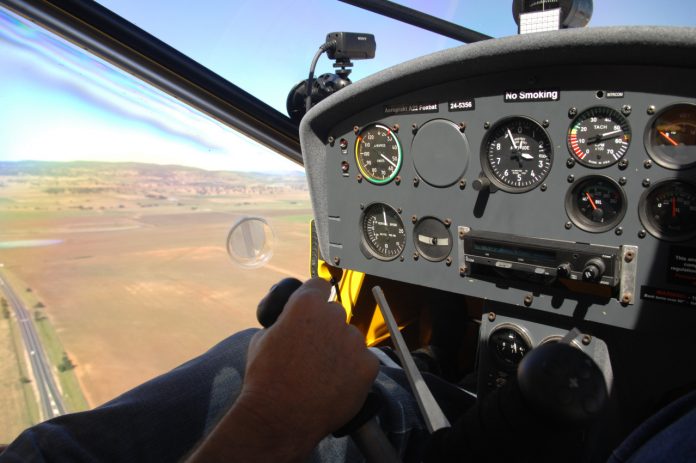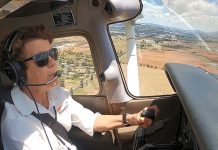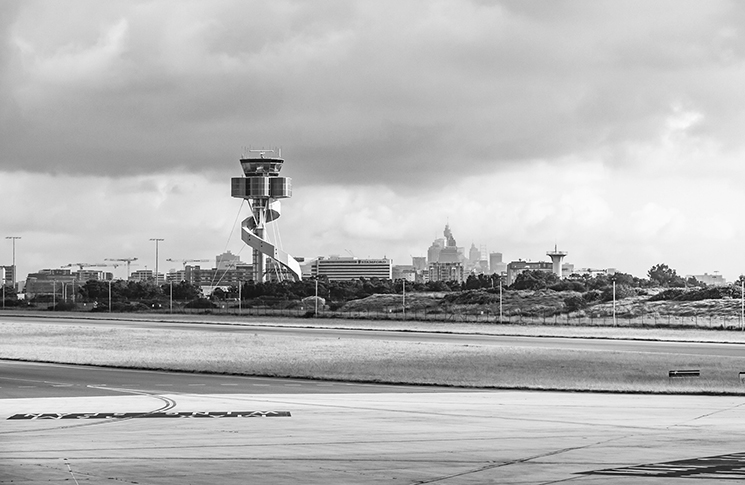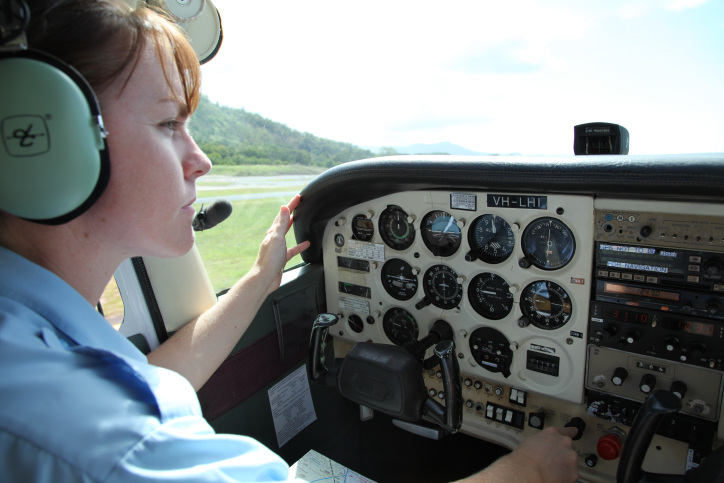Over the summer months, more people are in the skies enjoying the great weather and sharing the airwaves with a variety of traffic – large, small, fast and slow.
To ensure your radio calls are always correct, read our top tips:
- Review the airspace. Make sure you understand the radio requirements for the airspace where you are operating.
- Understand ‘in the vicinity’. When you are around aerodromes, understand when you are ‘in the vicinity’. This is within 10 nm of an aerodrome and at a height where your operations could be in the way of other traffic.
- Are you on the right frequency? In the vicinity of an aerodrome published on the charts, use the CTAF (MULTICOM 126.7 MHz or the discrete frequency as published). In the vicinity of uncharted aerodromes, you have discretion to use the most appropriate frequency that ensures safe operation. This may be MULTICOM 126.7 MHz; however, be aware transiting aircraft will be monitoring Area VHF. So if you are using 126.7, it is recommended you also monitor Area VHF.
- Use standard phraseology. We’ve all heard those calls when we really had no idea what the pilot of another aircraft was trying to convey on the CTAF. Use the standard format and phraseology so you are not that pilot. The AIP says the standard broadcast format is: (location) traffic, aircraft type, callsign, position/level/intentions, location. For example, ‘Cowra traffic, Cessna 172, zulu tango quebec, 10 miles to the south at 6000 feet, inbound, estimating circuit area at zero five, Cowra’.
- It’s push to talk, not push to think. Take the time to consider your calls before you make them and wait for a break in the calls to avoid over transmission. Do not provide information that isn’t relevant and remember to make your call succinctly and clearly to avoid frequency congestion.
- Avoid local terminology. There may be IFR flights overflying your area, so avoid using local terminology such as names of parks. Use significant geographical landmarks or better still, provide a bearing and distance from the airfield. IFR pilots should include a bearing and distance, rather than just an RNAV position point.
- If in doubt, ask. If you’re unsure about the information another aircraft or ATC has given you, ask for clarification.
- Be aware who else is there. It’s important to be aware of the different aircraft and operations, including aerodrome works, that may be happening at non-controlled aerodromes and how this should influence your radio calls and operations.
- The radio is not your last line of defence. Your radio must always be used in conjunction with safe ‘see-and-avoid’ procedures.






Number ONE: speak slowly and clearly, especially the pros! Talking at the speed of sound and using all sorts of IFR jargon might be appropriate for ATC and IFR above 10,000′, it is next to useless below 10,000′ with all other airspace users. If your message can’t be understood by a low-time recreational pilot, the whole message was just wasted.
Also if English is not your first language, particularly if you have a heavy accent, please speak a little slower so that others can work out what you are saying.
Do you use ten or one zero
Hi Les,
A CASA Aviation Safety Advisor has provided the below answer for you:
The correct use of standard phrases for radio communication between aircraft and ground stations is essential to avoid misunderstanding the intent of the messages, and to reduce the time required for transmissions. Communication phrases that are used in Australia are in harmony with ICAO and international practices. Contained in AIP Gen 3.4 section 5.10 “Pronunciation of Numbers” is a table showing the numbers from 0 – 9 only and detailing how these numbers are to be transmitted to avoid confusion This table is as follows (this can also be found in the VFRG chapter 5):.
Number Pronunciation
0 ZE-RO
1 WUN
2 TOO
3 TREE
4 FOW er
5 FIFE
6 SIX
7 SEV en
8 AIT
9 NIN er
So the number 10 (ten) is a combination of the published standard numbers and would need to be transmitted phonetically as “WUN ZE-RO”. If 10 (ten) relates to a runway direction, ie runway 10, the transmission would be; “Runway WUN ZE-RO”.
Regards,
FSA staff writers